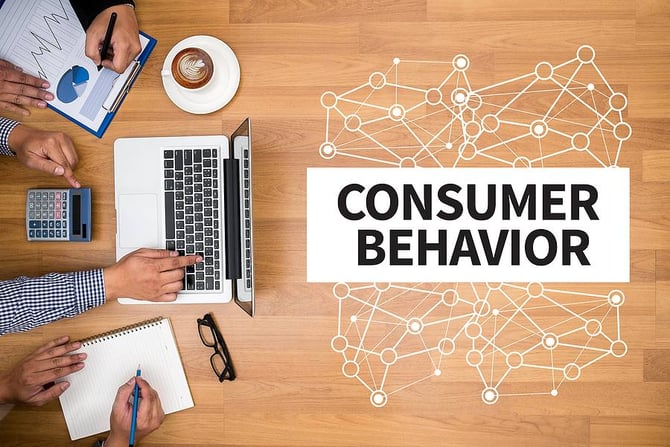The coronavirus epidemic has altered (perhaps permanently) many facets of life around the world. The business landscape, for one, is considerably different than what we remember from even one year ago. And within this category, changes to customer behavior are steadily emerging, with clear trends and patterns yet to be determined.
In the meantime, however, businesses in all types of industries are well-advised to closely monitor how customer purchasing habits are steadily evolving. With a better grasp of what’s going on now, businesses will be more strategically poised to adapt to further changes in the coming (hopefully post-pandemic) new year.
Here are insights and action tips on changing customer behavior to keep in mind:
Start by reassuring your customers of safety measures you’ve put in place.
As cases of COVID-19 continue to escalate, shoppers understandably want to be confident that any retail or brick-and-mortar businesses they visit is making the experience safe for everyone involved. In your marketing and other promotional materials, emphasize the steps you’re taking to ensure the physical safety of customers and employees at all times.
Solicit ideas from employees on customer service and behavior.
Your front-line staff is ideally positioned to take note of changes in customer buying habits. Consult them for insights on what’s going on, as well as suggestions for changes in operations that might enhance the customer experience.
Look to employees to “suggest new strategies, products, or business opportunities,” notes the financial daily CTech. While you’re at it, determine if employees “also have hidden auxiliary expertise or talents, such as art, marketing, or music, which they may use to help your business adjust or differentiate yourself.”
In other words, never assume that you or your executive team alone have all the answers. Look to others who regularly interact with your loyal customer base.
Find out what customers want from your business.
In these challenging times, customers want the businesses they like to grasp the difficulties they’re experiencing in their daily lives. So, it’s vitally important that you focus with laser intensity on customer engagement—that is, finding out what they need from you.
In surveys, phone calls, and other types of engagement, ask how their lives have changed during the onset of the pandemic, and what you can do to improve their lives (or businesses).
But don’t stop there. “Build this mentality and curiosity into your company culture so anyone on the phone with a potential or current customer is culling these insights,” advises WordStream. When this approach is adopted in a consistent, organizational way, “patterns will emerge, allowing you to get to know this new customer.”
Maintain a vibrant, easy-to-navigate website.
Not surprisingly, purchasing trends are heavily tilted to the digital realm these days. Add to that the popular “contactless, click-and-collect” trend among retail businesses. In other words, online shopping—already growing exponentially in popularity—is definitely on the rise.
As a result, the digital buying experience should be seamless across the board. Your website should be clear and forthright about products and services, easy for visitors to navigate (from home page to “submit order”), and constantly providing valuable new content through blog posts, feature articles, white papers, etc.
Ease of website use will solidify your relationship with customers who prefer to make all of their purchases online.
TAB provides a wealth of information concerning ways to protect your business and employees, planning for new growth opportunities in the coming months, and ideas on how to engage with your community. Learn more by visiting the TAB Coronavirus Resource Center.








